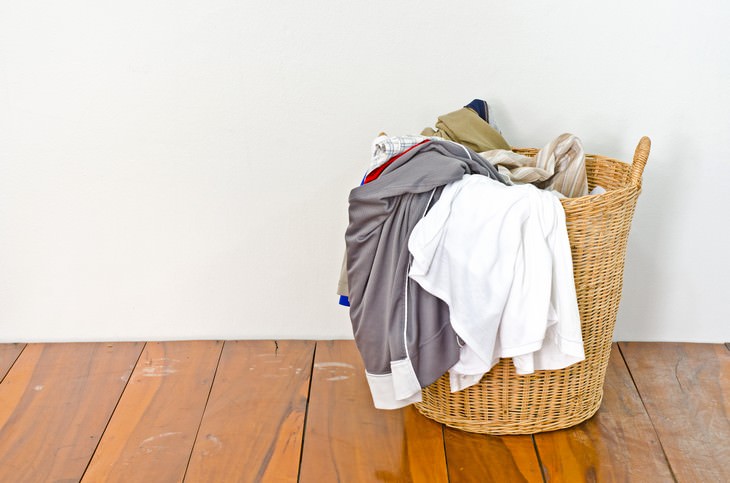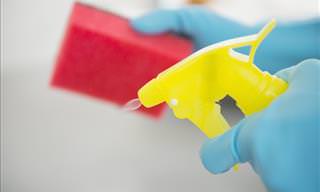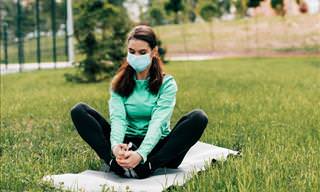
According to experts, respiratory droplets can easily be found on items of clothing as we use them every single day, almost 24\7. When the droplets dry, the virus is inactivated, but how long that may take depends on the type of fabric. Some researchers believe that more absorptive materials, like cotton, catch the virus particles, dry them out and break them apart.
On the other hand, polyester and spandex-like materials may retain germs longer. Leggings, sportswear, underwear and polyester-based dresses should be washed often and carefully. Leather items can simply be wiped clean due to the material’s smoothness.
Note that the most recent study suggests that the virus can remain viable on copper for up to 4 hours, on cardboard up to 24 hours and on plastic and stainless steel up to 72 hours. Some buttons and zippers can be made of those materials, so don’t forget to disinfect them, too.
Related Article: Washing Hands With Soap Is the Best Method to Fight COVID-19
How To Go About Laundry at Home?

Temperature: The CDC official guidelines are: “If possible, launder items using the warmest appropriate water setting for the items and dry items completely.” This means using the hot water setting on your washing machine and giving your laundry at least 45 minutes in the dryer (if you own one) to be sure all the droplets have dried out.
Do double check the label instructions on your laundry items. If the instructions clearly say to refrain from washing something in hot water, it’s okay and you should follow them. Ruining important items of clothing, curtains, etc. by boiling them might add to the stress.
Detergent: As for detergents, the experts strongly recommend the ones that contain bleach compounds, as these create a very harsh environment for viruses. Make sure you use peroxide or safe-color bleach for the colorful laundry.
Hand Washing: It is generally safe to hand wash items as long as you follow the guidelines and use warm water above 80°F or 26°C!
Should a Sick Person’s Clothes be Washed Separately?
Opinions on this matter are split. According to the CDC, there is no danger in washing a sick person’s clothing with the rest of the household's laundry. Some private doctors, however, claim that it is always best to wash a sick person’s clothes separately, not just in the context of the Covid-19 outbreak.
Related Article: 10 Surprising Items You Can Clean in the Washing Machine
Are Laundromats Safe?

Generally speaking, yes. Microbiologists say there is no need to worry about your clothes being washed in a shared washing machine, as the high temperature of the water and dryer combined with detergent is likely to kill the pathogen.
More than the laundry itself, hard surfaces like tables, doors, and cart handles, or person-to-person contact are likely to hold a threat. If you need to visit the laundromat, make sure you practice the cautionary hygiene habits recommended for all crowded areas:
- Keep a reasonable distance from other people.
- Wash your hands for about 20-30 seconds when you arrive home.
- You may bring your own laundry bins and make sure your washing goes right in there after it’s been cleaned and dried, so it comes in contact with as few unknown surfaces as possible.
Please Note:
If you are still required to go outside on a daily basis, for work or any other purpose, make a distinction between ‘outside’ and ‘inside’ clothes. If you have been in crowded areas, it is best to change when you arrive home and put the used clothes straight in the laundry basket.
Outerwear, like coats, should not be neglected and also washed regularly, as the sleeves of these garments, in particular, might have come in touch with potentially contaminated areas.
 Go to BabaMail
Go to BabaMail


























